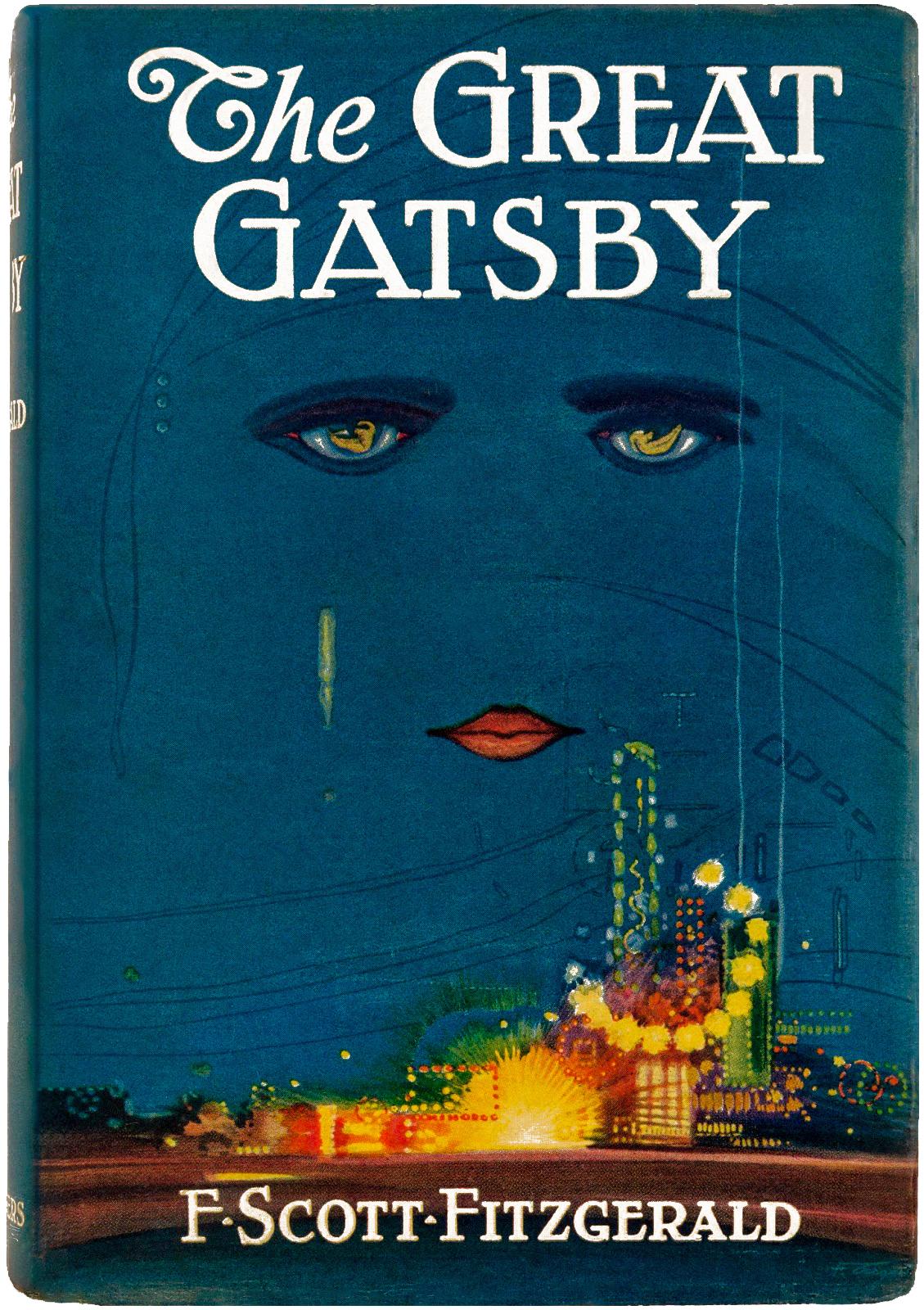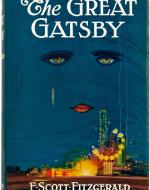Created by Emmett Gill on Tue, 04/16/2024 - 15:56
Description:
The Roaring Twenties, known to some as the Jazz Age, is a period in the American 1920s that has often been romanticized. Following the Great War, America was caught up in a whirlwind of postwar changes that completely restructured society in such a way that the era was considered “a period of paradisal bliss” (Agarwal). The rich were starting to get richer, dirty money was frequent, and the culture of the time was becoming inclined to more material desires to match the thriving economy. Throughout the works of authors like Fitzgerald, readers can see the toll that the hollow pursuit of wealth took on the power-hungry. A great example of this can be seen in the American classic, The Great Gatsby. In Fitzgerald’s work, the title character of Gatsby is known for hosting luxurious parties; “men and girls came and went like moths among the whisperings and the champagne and the stars” (32).
While numerous people attend his lavish parties with and without any invitation for the sake of thrills, Gatsby himself doesn’t feel the same excitement from any of it. The main reason he even wanted wealth was to impress the love of his life, Daisy Buchanan. His desires led him to pursue hollow gestures of grandeur just to catch her attention, breaking laws like prohibition and affecting countless lives around him as he saw fit to do so. This recklessness and party life was a particular highlight of both life in the Jazz Age and Fitzgerald’s interpretation of it, as the era was regarded as paradoxically hedonistic and amazingly creative (Agarwal). This is also demonstrated quite well through the book's cover, as the glow of bright city lights distracts viewers from the surrounding darkness that was the reality of the decade.
Eventually, all of Gatsby’s pursuits lead directly to his downfall. After he loses Daisy once again, he is tracked down and shot by a man named George Wilson. Following his death, however, Gatsby is all but forgotten by those who enjoyed his lavish parties and displays of wealth; “’Why, my God! they used to go there by the hundreds.”’ (Fitzgerald 134). By the time of Gatsby’s funeral, few are actually in attendance, and the only legacy Gatsby has are the rumors floating around regarding his sudden death. All in all, the all-consuming materialism and hungering for wealth and power that came from the Roaring Twenties was able to corrupt common morality, and unraveled so many decent people in the process.
Works Cited
Agarwal, Mudita. “The Jazz Age: The Lost Generation.” IOSR Journal Of Humanities And Social Science, 26 July 2017, pp. 33–35, https://doi.org/ 10.9790/0837-2207173335.
Cugat, Francis. Cover art for The Great Gatsby. https://upload.wikimedia.org/wikipedia/commons/7/7a/The_Great_Gatsby_Cover_1925_Retouched.jpg.
Fitzgerald, F. Scott. The Great Gatsby.
Copyright:
Associated Place(s)
Timeline of Events Associated with The Great Gatsby and the (Hollowness of the) Roaring Twenties
Part of Group:
Featured in Exhibit:
Artist:
- Francis Cugat


